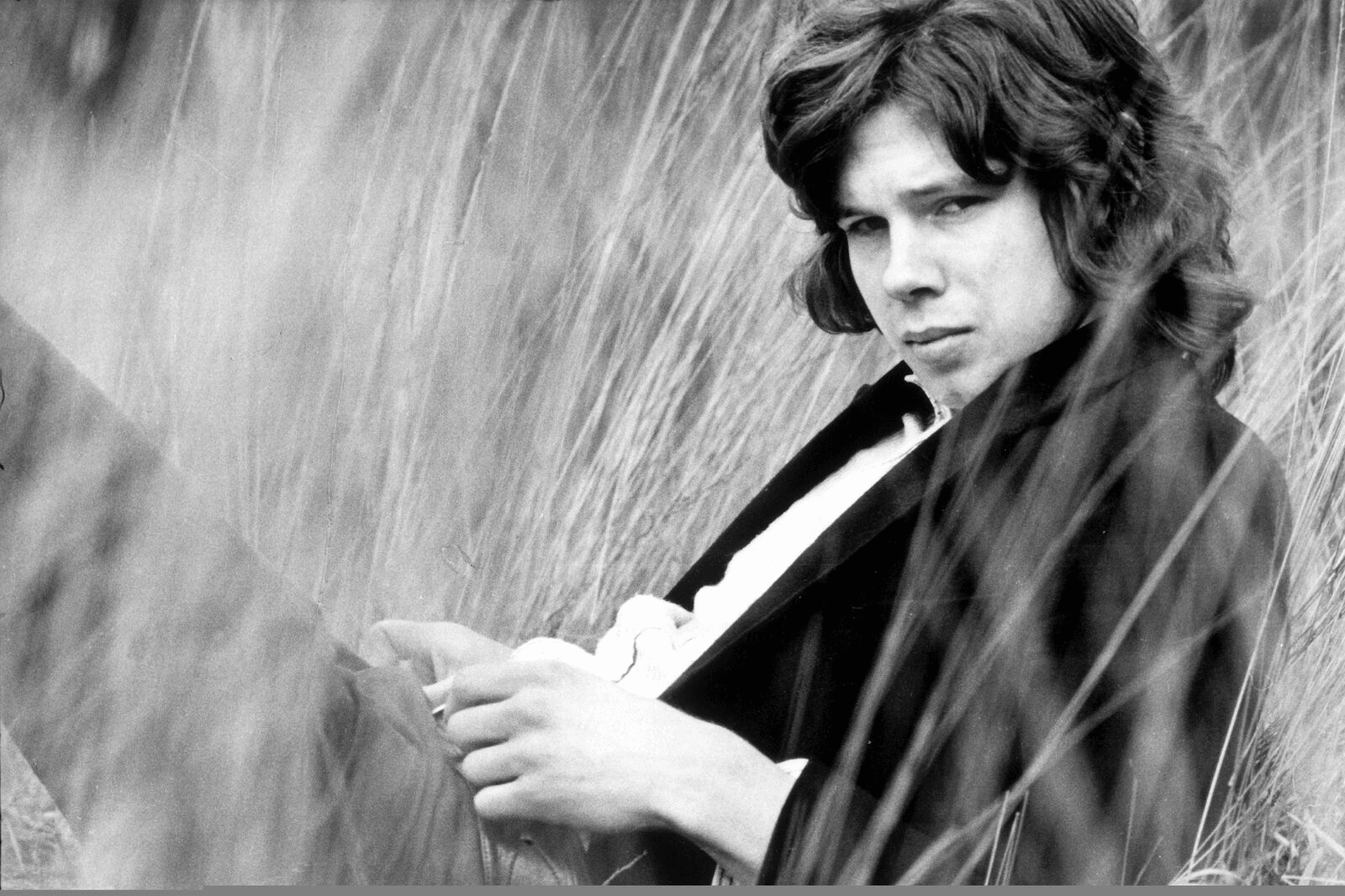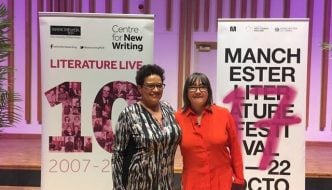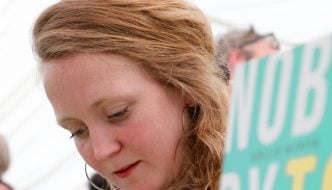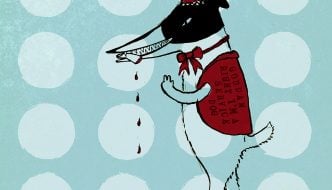Way To Blue: The Songs of Nick Drake @ Birmingham Symphony Hall
May 14, 2016

Credit: Keith Morris
Untimely death, through misadventure or intent, can cement an artistic legacy like nothing else. It creates heroes, writes hagiographies and makes myths. Richey Edwards of Manic Street Preachers, Alan Wilson of Canned Heat and of course Kurt Cobain; these men, as it is so often men, through their endings crystallise their own output and preserve, as if in ice, an idealised recollection of their own creative self. The enigmatic Nick Drake is no exception to this somewhat artificial notoriety. Relatively unsuccessful in his lifetime, Drake struggled with touring and sold only modest numbers of his three commercial LPs. Now, thanks to Volkswagen adverts, nods from indie rock luminaries and a raft of retrospectives, box sets and commemorative tea towels, Drake’s oeuvre is synonymous with the acoustic-plucking singer songwriter.
This May, as part of Birmingham Symphony Hall’s “Imagined Isle – A Folk Festival of the Imagination” the “Way To Blue” concert returned to Birmingham where it was initially commissioned in 2009 and performed at the Town Hall. Drake’s personal angst, viewed now from afar, forms a fitting centrepiece for this exploration of folk in the modern context. The Symphony Hall is a marvellous venue. Amazing acoustics and audio technology make even unplugged instruments feel rich and present from the upper tier seats. Folk, jazz, classical and more all seem at home in this space and it has rightfully earned its place as the premiere concert venue in the country. At points the melodic complexity and intimate emotions apparent in the material shrank the venue to channel some of the fragile closeness of Drake’s music.
The talent on show in this production’s personnel was certainly impressive. Performers included Vashti Bunyan, Green Gartside (Scritti Politti), Sam Beam (Iron & Wine), Sam Lee, The Rails and Glen Hansard of The Frames. Sam Beam’s standout renditions of “Time Has Told Me” and “Hazey Jane II” provided a true focal point to the evening. A transatlantic folk icon with his own fantastic catalogue, Beam accomplished the singular feat of truly making these songs his own, not shadowing Drake’s guitar phrasing or vocals, instead imprinting his own inimitable style. Across the evening, accompaniment in the form of string septet, drums, guitars, piano and woodwind fleshed out some of the more adventurous arrangements in Drake’s catalogue.
“Nick Drake was not a folk singer … I’d never heard anything like it” Joe Boyd, Drake’s producer, in conversation 2013
A pronounced thread of tonal diversity and left-field influences ran through Drake’s three albums. Joe Boyd, who worked closely with Drake in the studio, highlighted similarities to Brazilian bossa nova but this trad. jazz lilt perhaps led contemporaries at Melody Maker to dismissively label Bryter Layter as “folk meets cocktail-jazz”. Drawing some influence from blues traditions yet unfettered by the problematic trappings of “middle-class confessional” folk nostalgia, Drake equally took inspiration from esoteric and less fashionable sources. Romantic poetry and the English parlour music of his mother Molly Drake formed the cornerstone of Nick’s melodic sensibilities and lyrical context. Obscure guitar tunings, cluster chords and a virtuoso right hand picking style all serve to further establish the unique character of his music.
This range of musical influences and textures leads to a thought-provoking reassessment of Drake’s work in a live context and the tantalising question of where his work may have led. Would he have continued to challenge listeners and redefine himself like Neil Young? Or faded into seclusion and paranoia like Syd Barrett? Indeed, at one point, following a rare live success supporting The Fairport Convention, Drake seemed poised for induction into the touring and recording world of English folk rock in the 1970s. As it stands his only tour was cut short, with Drake unable to drown out the oblivious chit-chat of audience members.
Working to adapt Drake’s complex web of technical idiosyncracies is no small feat and each of the 20 or so performers on the night presented renditions full of passion and integrity. However, something utterly intangible was perhaps appropriately absent, and a spectral almost funereal aspect hung low over the event. To call this a “celebration” would perhaps be a stretch, with a tinge of sadness being present on every note, but there was something life-affirming to take away from it. A range of superlatives are on hand here – that he lives on through his music, that he would appreciate the enraptured attention – but, unknowable conjecture aside, it is comforting to feel that a small part of his soul is smiling.
Filed under: Music
Tagged with: acoustic, Birmingham, blues, folk, Nick Drake, poetry, romantic, West Midlands



Comments